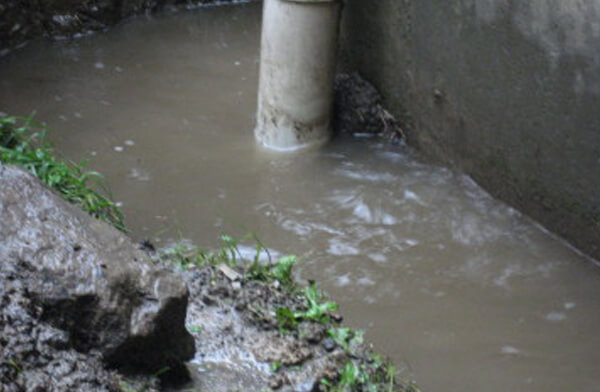6 Ways to Find Hidden Water Leaks in Your Home
6 Ways to Find Hidden Water Leaks in Your Home
Blog Article
Presented here down the page yow will discover a lot of professional points pertaining to Detecting hidden plumbing leaks.

Early detection of leaking water lines can mitigate a prospective calamity. Some little water leaks may not be visible.
1. Take A Look At the Water Meter
Every residence has a water meter. Inspecting it is a surefire way that assists you find leakages. For starters, turn off all the water resources. Make certain nobody will flush, make use of the tap, shower, run the cleaning device or dishwasher. From there, most likely to the meter and also watch if it will change. Given that no person is using it, there should be no activities. That suggests a fast-moving leak if it moves. Similarly, if you find no changes, wait a hr or two and also inspect back once again. This indicates you may have a slow-moving leak that can also be underground.
2. Inspect Water Usage
If you identify unexpected changes, in spite of your intake being the same, it means that you have leaks in your plumbing system. An abrupt spike in your costs shows a fast-moving leakage.
A constant rise every month, even with the exact same habits, reveals you have a slow leakage that's also gradually intensifying. Call a plumber to thoroughly examine your building, especially if you really feel a warm location on your floor with piping beneath.
3. Do a Food Coloring Test
When it comes to water intake, 30% comes from toilets. If the color somehow infiltrates your dish throughout that time without flushing, there's a leak in between the tank as well as dish.
4. Asses Exterior Lines
Don't forget to examine your outside water lines as well. Ought to water seep out of the link, you have a loosened rubber gasket. One tiny leak can waste tons of water and also surge your water costs.
5. Examine the circumstance and also inspect
House owners should make it a practice to inspect under the sink counters as well as even inside cabinets for any bad odor or mold development. These two warnings indicate a leakage so prompt focus is needed. Doing routine assessments, even bi-annually, can save you from a major problem.
Check for stainings as well as weakening as a lot of devices and also pipelines have a life expectations. If you think leaking water lines in your plumbing system, don't wait for it to escalate.
Early detection of dripping water lines can mitigate a prospective disaster. Some small water leaks might not be visible. Examining it is a guaranteed means that helps you uncover leakages. One tiny leakage can lose bunches of water as well as spike your water costs.
If you presume leaking water lines in your plumbing system, do not wait for it to rise.
How to Know If Your Home Has a Hidden Leak
Water Meter Reveals Inexplicable Water Usage
If you’d like to test whether or not there’s a leak somewhere in your home, you can do this using your water meter. Here is how to conduct the test:
Don’t use any water in your home for at least 30 minutes; this also means not turning on faucets or water-using appliances.
Go outside, and check your water meter for activity.
If your water meter shows that there was activity, even though no one was using any water, this proves that there is a leak in your home.Visible Mold or Mildew Growth
Leaks behind walls create moist, dark environments that allow mold and mildew to grow and thrive. Eventually, you might see mold growth forming on the wall closest to a hidden leak.
If mold is growing in an area that receives a high amount of moisture, such as a bathroom, it may simply be an indication that better ventilation is needed. However, if you see mold growth on a wall or the ceiling in an area where you would not expect, you probably have a hidden leak.
Musty, Mildew Odor
Sometimes you might not be able to see the mold or mildew that is growing as a result of a leak. However, the smell can give the problem away just as easily. If you catch a whiff of something musty, there’s a good chance that old water is collecting somewhere in your home that you can’t see.
Stained/Warped Walls, Ceilings, or Floors
When your home soaks up water, a variety of red flags can become visible, including ceiling stains, bubbling drywall, warped walls, and sagging floors. While these issues can be caused by excess humidity, they can also be signs that a pipe or plumbing connection has started leaking behind your walls.
Inexplicably High Water Bill
After a while, you get a general sense for what your water bill should be. If you own a pool or sprinkler system, your bill will tend to be higher during summer. However, if you receive a water bill that seems especially high, and you can’t figure out what caused it, then you may have a hidden leak somewhere that’s increasing your bill.
https://www.plumbingjoint.com/blog/2019/july/how-to-know-if-your-home-has-a-hidden-leak/

I found that entry on Detecting hidden plumbing leaks while doing a search on the web. Sharing is good. Helping others is fun. We value reading our article about Finding hidden leaks.
Report this page